
By Jason Sacks
A Tale of Two Help!s
Yesterday I had the special pleasure of seeing my favorite band on the big screen once again. Of course, I'm talking about the Beatles and Help!. You gotta see it. Let me tell you, folks, the film is a laugh riot. I giggled all the way through the silly tale which has Ringo Starr chased throughout the world because he possesses a ring which is a sacred relic for a Far Eastern cult. The music is wonderful, of course, but it's also a tremendously silly flick, wackier than A Hard Day's Night. I know you've already bought the LP (which, sadly, is only about half by the Fab Four) but great as the album is, the movie is so much better. Go see Help! while you can! I certainly plan to watch it again.
Sadly, while the Beatles' Help! rides the top of the world's music charts and marks another high point in the career of the Beatles, another Help! is breathing its last and represents a low point in another man's career. Thankfully both versions of Help! have brought me a lot of laughs.
Maybe you've seen Help! magazine on the stands next to Redbook and Look and were curious about this strange-looking mag. Maybe you even picked up an issue, perhaps the May 1965 issue with the humorous cover below, and giggled at the weird and wonderful material inside it. Sadly, the latest issue of Help! will be its last. The death of this very special mag has an interesting history well worth sharing. I hope you'll read along and discover why you should seek Help! magazine in the back issue bins and join me in mourning its passing.

MADman Harvey Kurtzman
Before we talk about Help! itself, let's talk about its editor, a genius by the name of Harvey Kurtzman. Kurtzman created, edited and orchestrated the glory days of MAD magazine as published by the late, lamented E.C. Comics. Under Kurtzman, MAD was a brilliant skewering of American comics, TV series, movies and life in general. Who can forget his absurdly silly "Superduperman", which skewered the Man of Steel with delighted glee and the so-many-jokes-you-have-to-squint-to-read-them-all art by Wallace Wood and Will Elder or any of a hundred equally scathing and brilliant satires?

The first 23 issues of MAD were published in comic book form by E.C., before moving to the familiar magazine format. Reportedly, MAD is one of the bestselling mags in the country these days, but, sadly, Kurtzman was unable to share in the profits from his creation. According to interviews with Kurtzman and his peers which appeared in E.C. fanzines, the editor had a falling-out with publisher William M. Gaines which resulted in Kurtzman abandoning his creation and creating a mag closer to his own vision.
Or, to be more precise, Kurtzman created a series of mags closer to his own vision. The first of those new magazines, dubbed Trump, was a gorgeously printed magazine, featuring slick and art (often painted in oils) on glossy paper. Published by Hugh Hefner of Playboy fame, Trump was a smart, sophisticated publication. Sadly, it fell victim to a cash crunch in Hefner's business and went out of business after only two issues. A second, similar mag, named Humbug, was self-funded but failed to find an audience, perhaps because it was poorly printed on cheap newsprint.
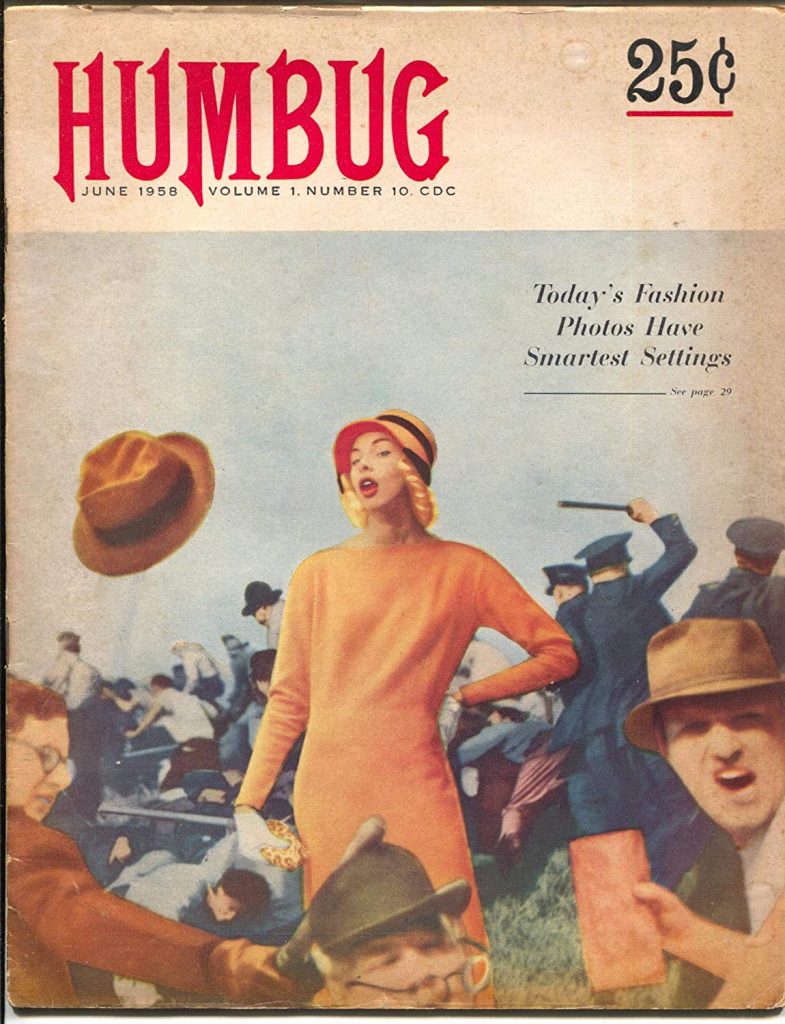
Thankfully, help came to Kurtzman from an unexpected source. Philadelphia-based James Warren, publisher of Famous Monsters and similar mags, was a big fan of Kurtzman's work. After a brief negotiation, Kurtzman had his fourth shot at creating a humor mag, though he would have to make some compromises. Budgets were tighter and production values shoddier than Humbug. But making a virtue of necessity, the great editor was able to produce a magazine unique on American newsstands.
Help for Tired Minds
Premiering with an issue cover-dated August 1960, Help! offered a different vision from Kurtzman's previous mags. For one thing, Warren's budgets forced compromises which clearly both pinched and intrigued the expert editor. Instead of drawn covers, for instance, Help! often featured photos of comedians on their covers doing silly things. With well-known celebs like Ernie Kovacs, Sid Caesar and Jerry Lewis on the first three covers, the mag made a clear and simple implied pitch: if readers enjoyed these stars on TV, they would also enjoy reading Help!.
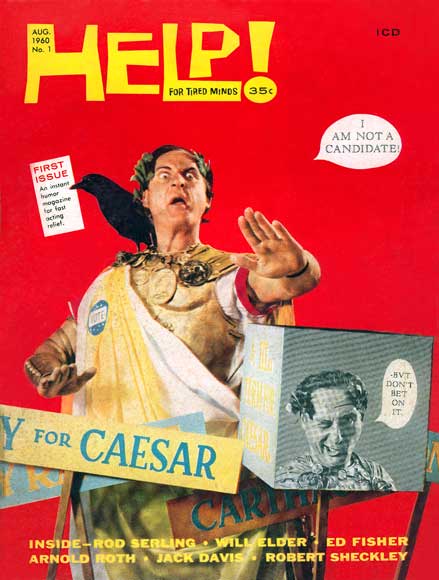
Inside the magazine, readers were treated to a hodgepodge of different material. Help! was a freewheeling magazine in which every page turn provided an unexpected treat. Some features were immutable. Every issue had a fumetti, or photo comic strip, in which actors (as well as Kurtzman, his assistant Gloria Steinem, Chicago comedian and radio personality Jean Shepard, and actors such as young Brit John Cleese) played parts in a comedy sketch presented like a comic strip. Some of those fumetti were goofy and some were strange, but Kurtzman deserves credit for trying something very different from the norm in order to fill his pages.
That said, Help! also included work every reader would expect, including outstanding strips by some of America's funniest cartoonists. Jack Davis worked for Help! at the same time he worked for the ongoing MAD. So did Arnold Roth, and Will Elder, and John Severin, and the list went on. Many issues featured some of their finest comics work. The staff wasn't limited to Kurtzman's old pals, either. Young cartoonists included Gilbert Shelton, who brought his manic "Wonder Wart-Hog" strips from the University of Texas newspaper to this mag.
Some of the finest work in the magazine was provided by Kurtzman himself. His "Goodman Beaver" strips, the tales of a young
naïf adrift in the baffling corporate world, is a legitimate side-splitter as well as a scathing satire of American professionalism and greed. "Beaver" can also be read as a hilariously bitter spit in the eye of a world Kurtzman dreamed of inhabiting but for which his own hubris would not allow him to experience.

As if that wasn't enough, Kurtzman also included a generous collection of text humor. Works by Jean Shepard, Paul Dehn, William Price Fox, and many others, appeared every issue. One of the most important features of the mag demonstrated Kurtzman's commitment to the younger generation. The ongoing "Help!'s Public Gallery" feature included art by artists who were building their skills. I was especially impressed by the energy and verve of above page by young R. Crumb, who looks like he will be going places. I've also enjoyed work in the Public Gallery by such new artists as Jay Lynch, Skip Williamson and Terry Gilliam.
No More Help from Harvey Kurtzman
Sadly, though, a circulation of roughly 115,000 copies per issue was just not enough to keep Help! alive. With issue number 26, on stands this month, Kurtzman's latest passion project has faded away like his previous projects. Thankfully it went under with perhaps the finest issue so far, which includes a shockingly hilarious satire of southern bigotry called "Brother, Have You Stomped a Nigra" by Terry Gilliam and Dave Crossley. This humor has a vicious bite and perfectly encapsulates the influence Kurtzman has had over the younger generation of cartoonists. It seems to speak to the times we live in, the struggles over the Civil Rights Act, and the never-ending power of Dixie. Hopefully the racism mocked here will be gone in the next few years. It's hard to imagine systematic racism surviving the next 20 years, let alone the 20th century.

Help! was a worthy failure, but a failure nonetheless. Reports have Glliam moving to England, perhaps to work on a project with Cleese, while Kurtzman will continue his Little Annie Fanny strips for Playboy. Meanwhile, publisher James Warren is replacing Help! with a new horror mag named Creepy. Issue #4 of that mag was also recently released and features work by some of Kurtzman's follow alumni. But that's a story for another column.
Hmm… wonder if there's still time to catch a matinee today of the Beatles film…

![[August 12, 1965]: No Help for <i>Help!</i>](https://galacticjourney.org/wp-content/uploads/2020/08/help_cover_01-439x372.jpg)

![[August 10, 1965] Binary Arithmetic (September 1965 <i>Fantastic</i>)](https://galacticjourney.org/wp-content/uploads/2020/07/Fantastic_v15n01_1965-09_0000-2-672x372.jpg)





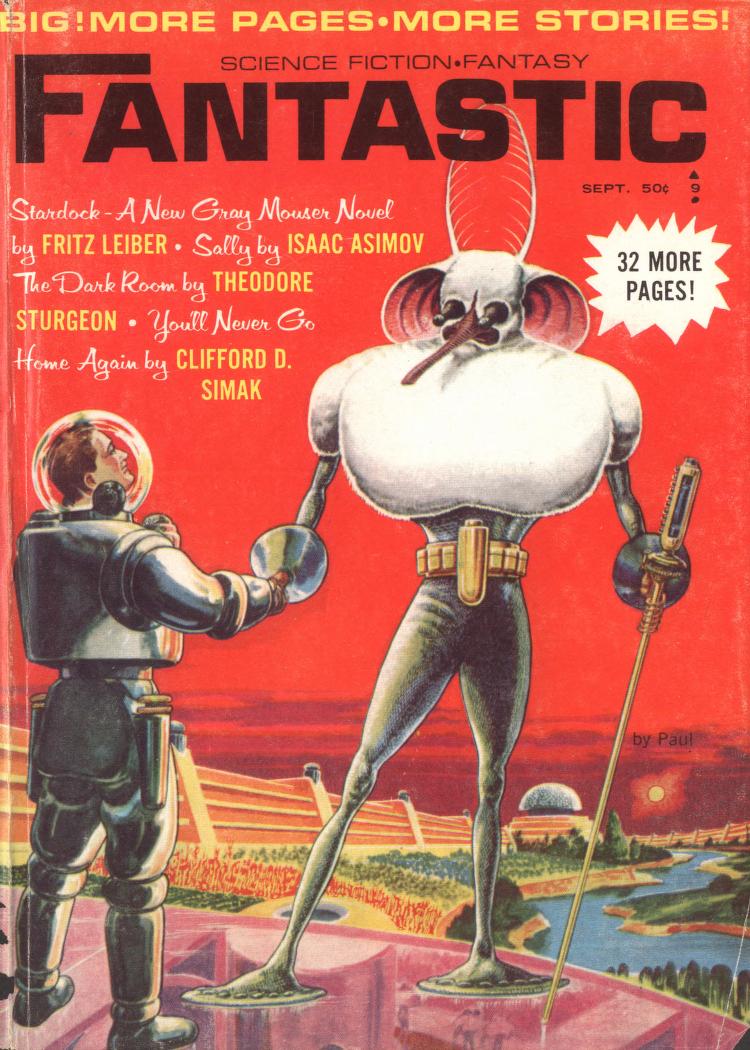
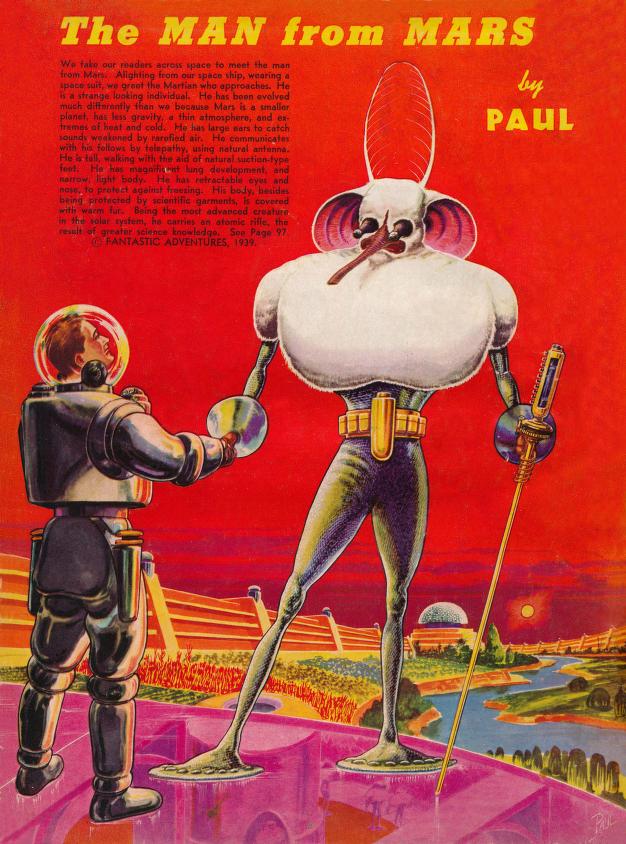
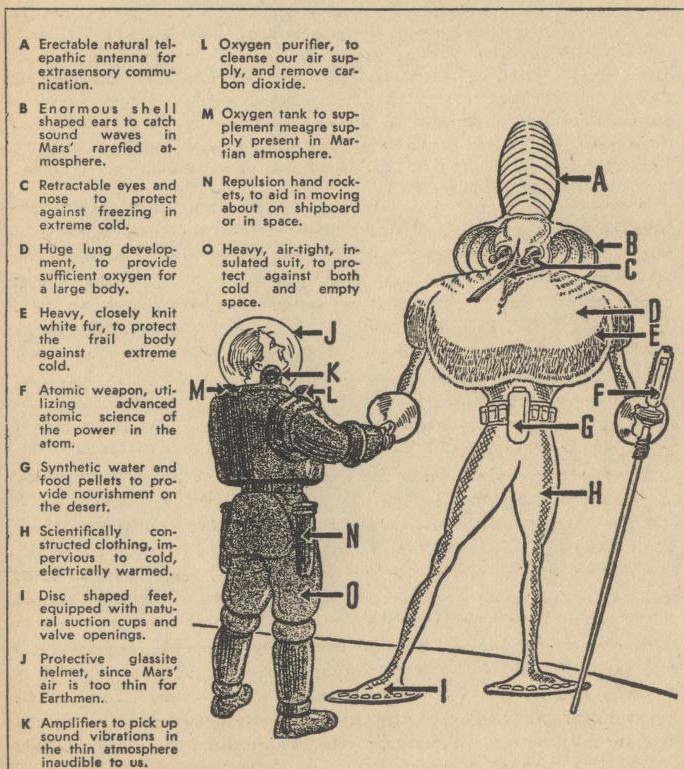
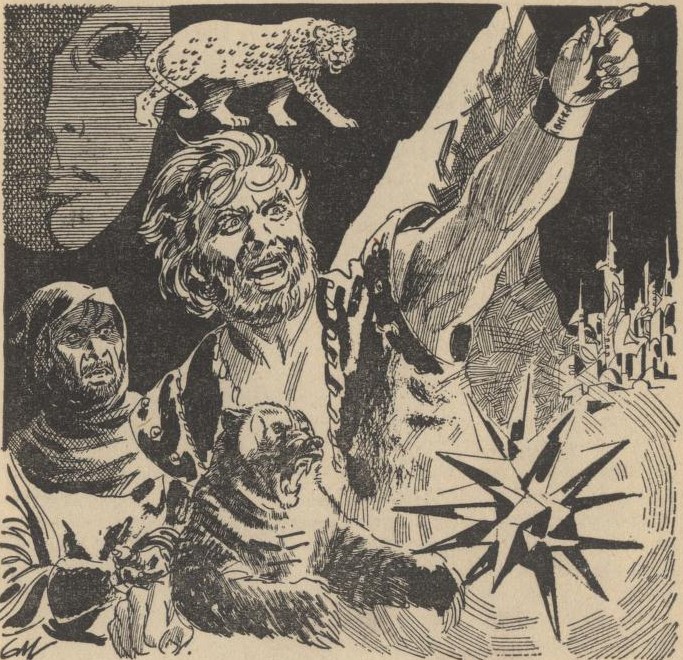

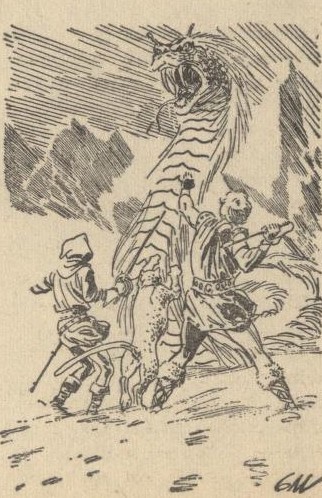
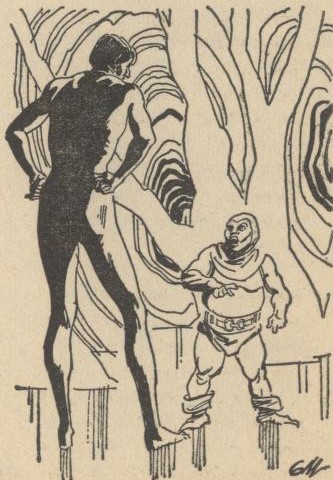



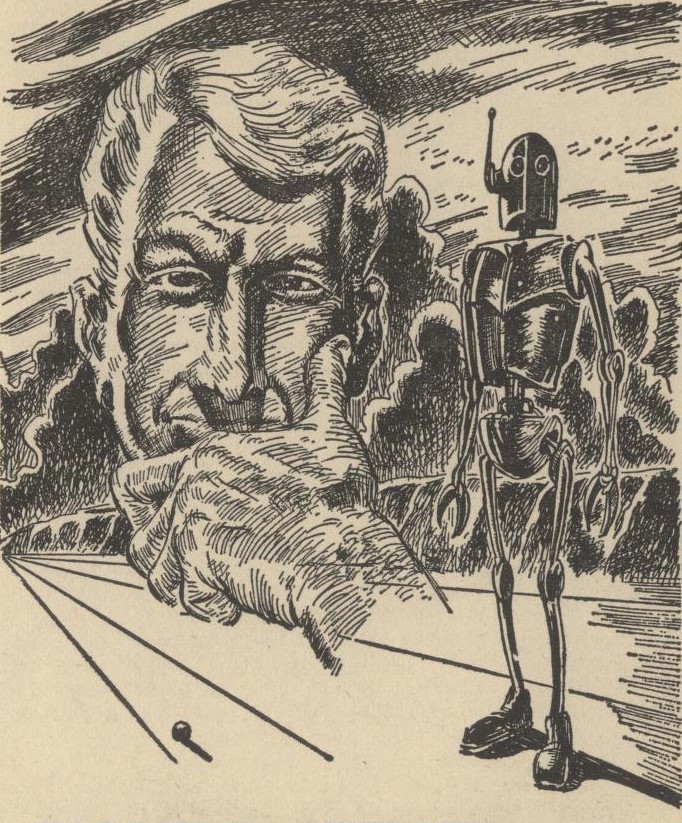
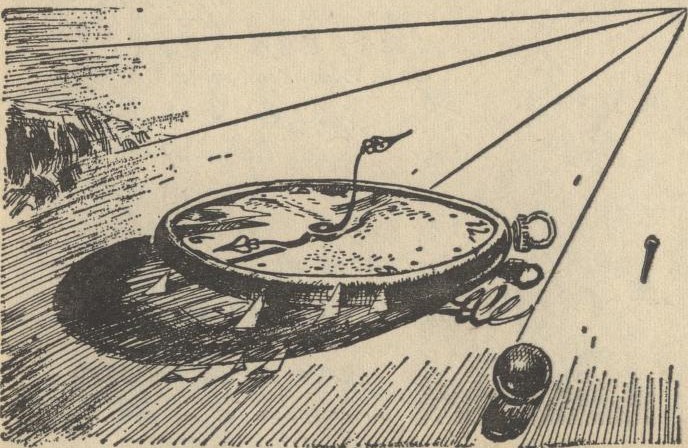


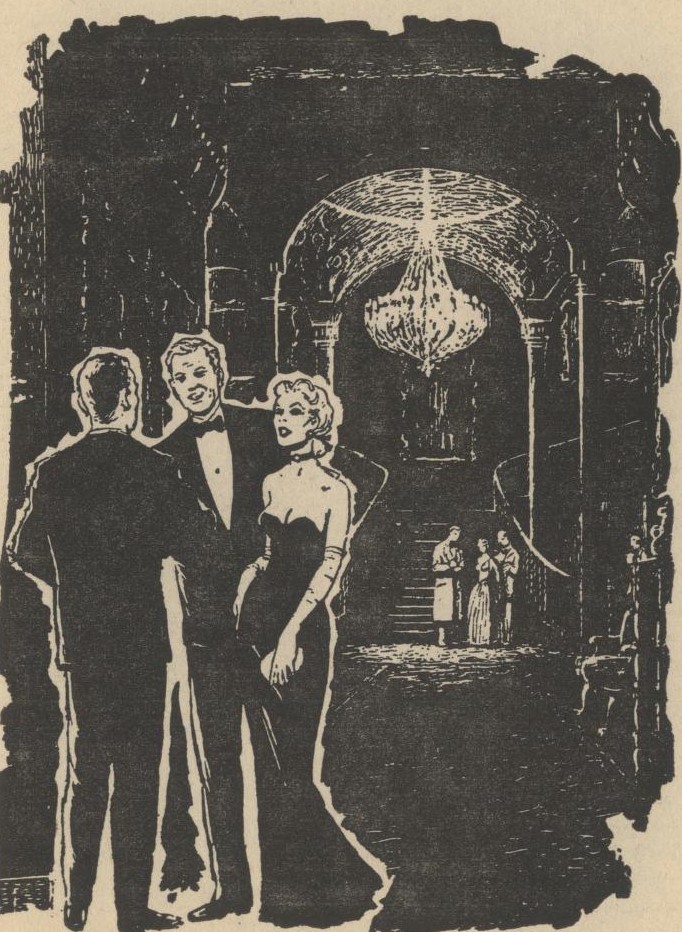
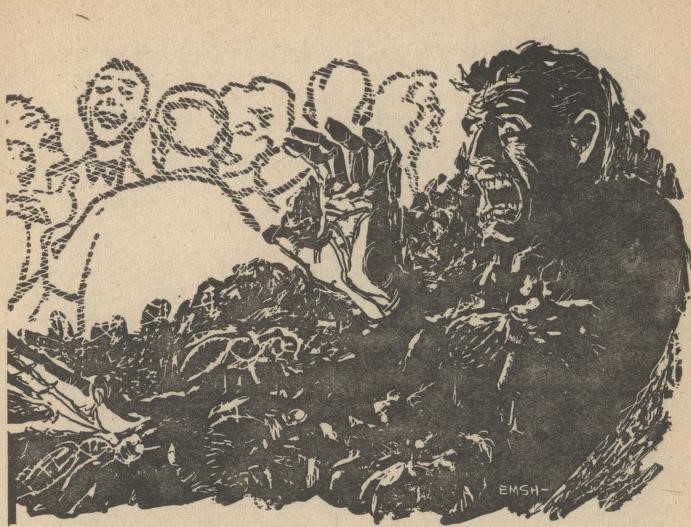
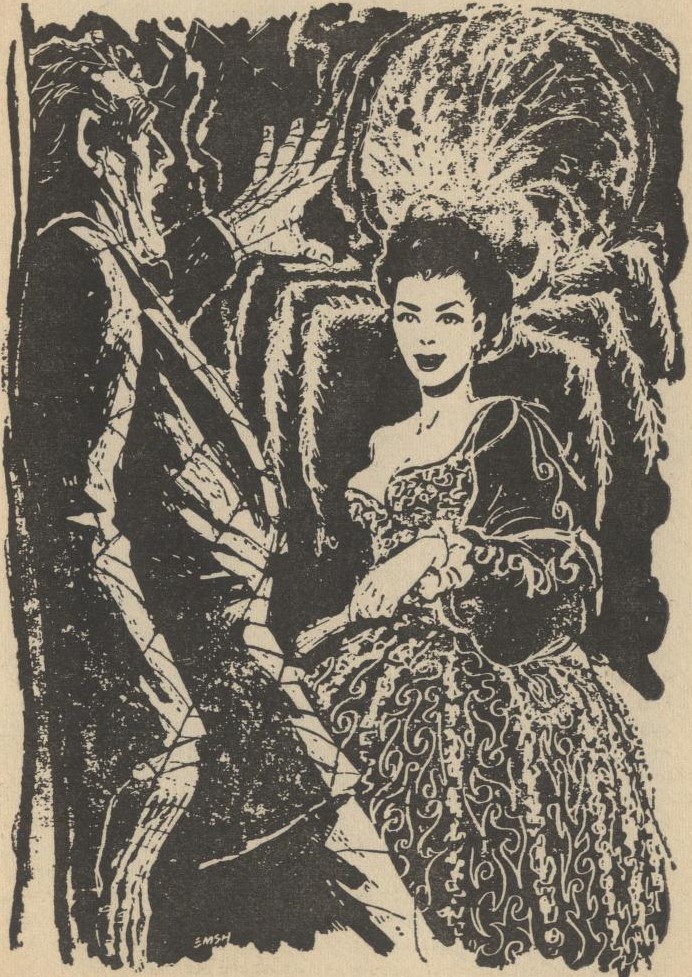
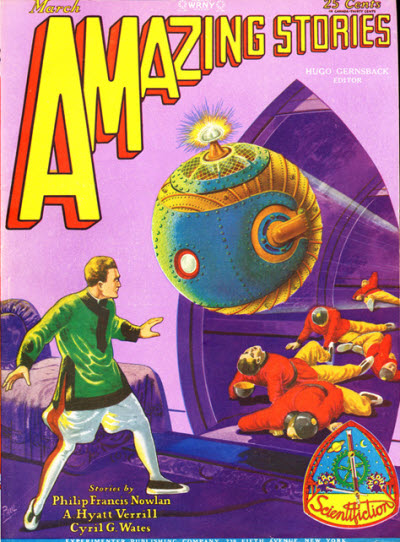


![[August 8, 1965] Navigating the Wasteland #2 (1964-65 in (good) television)](https://galacticjourney.org/wp-content/uploads/2020/08/650808addams2-672x372.jpg)

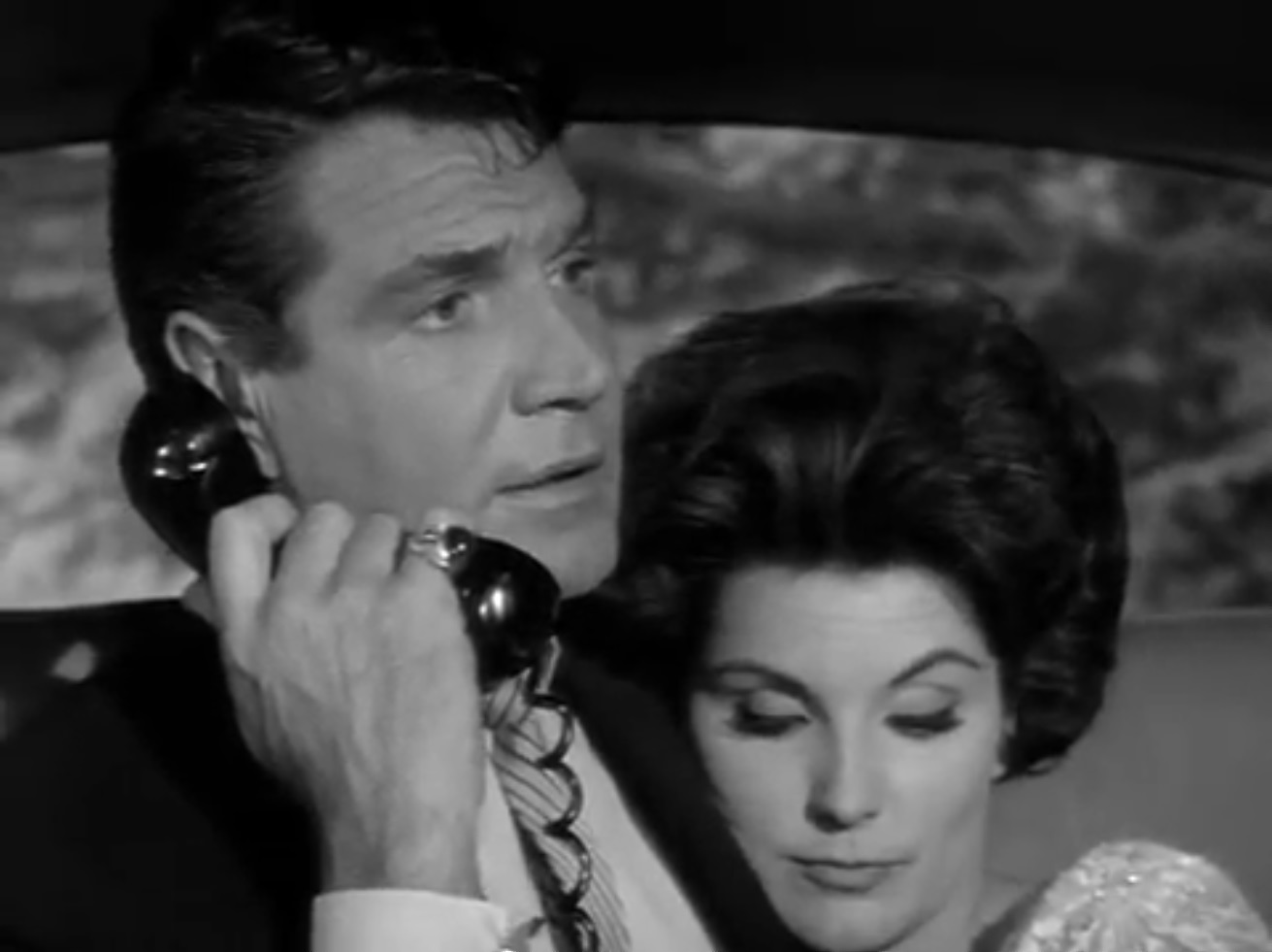


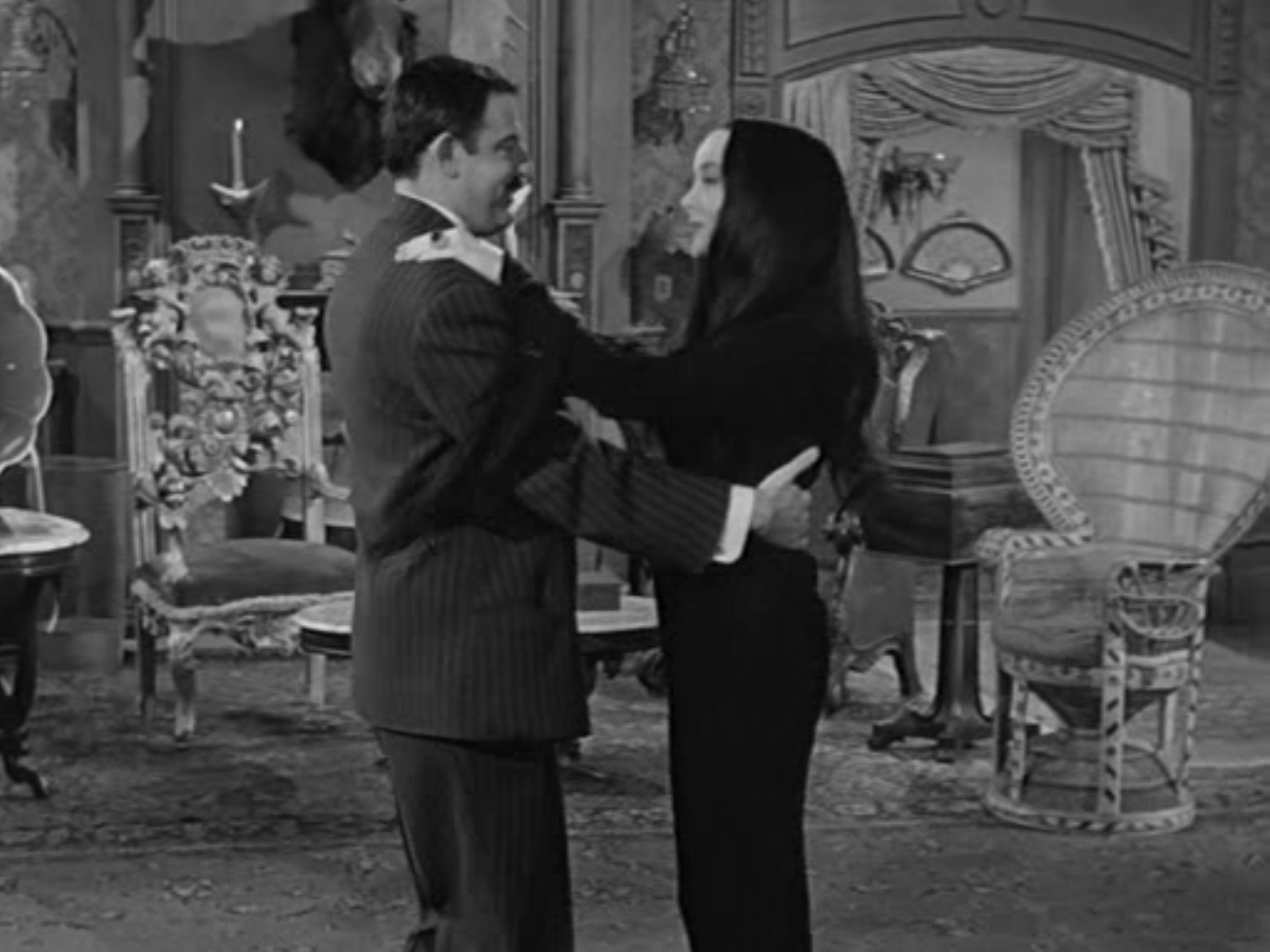
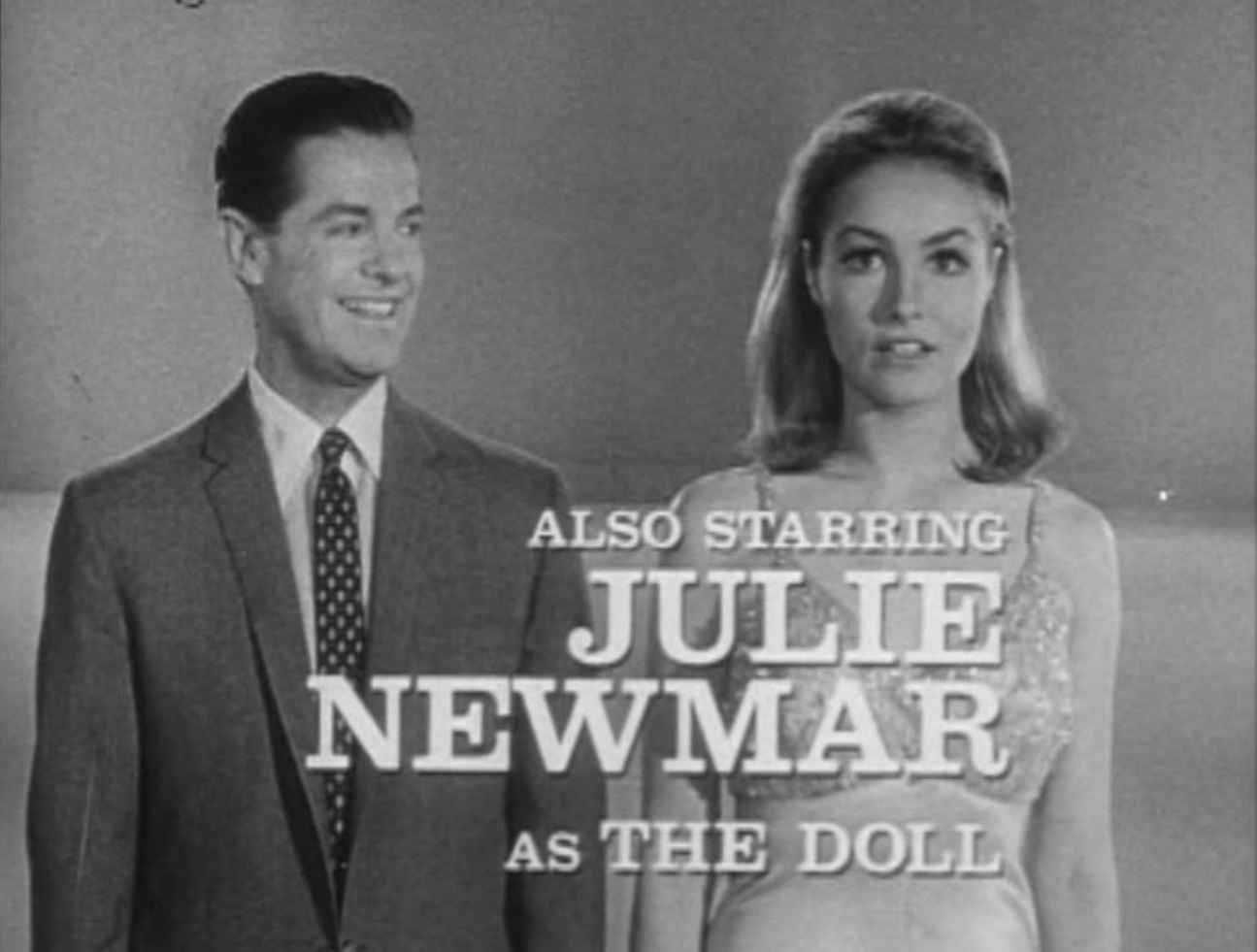


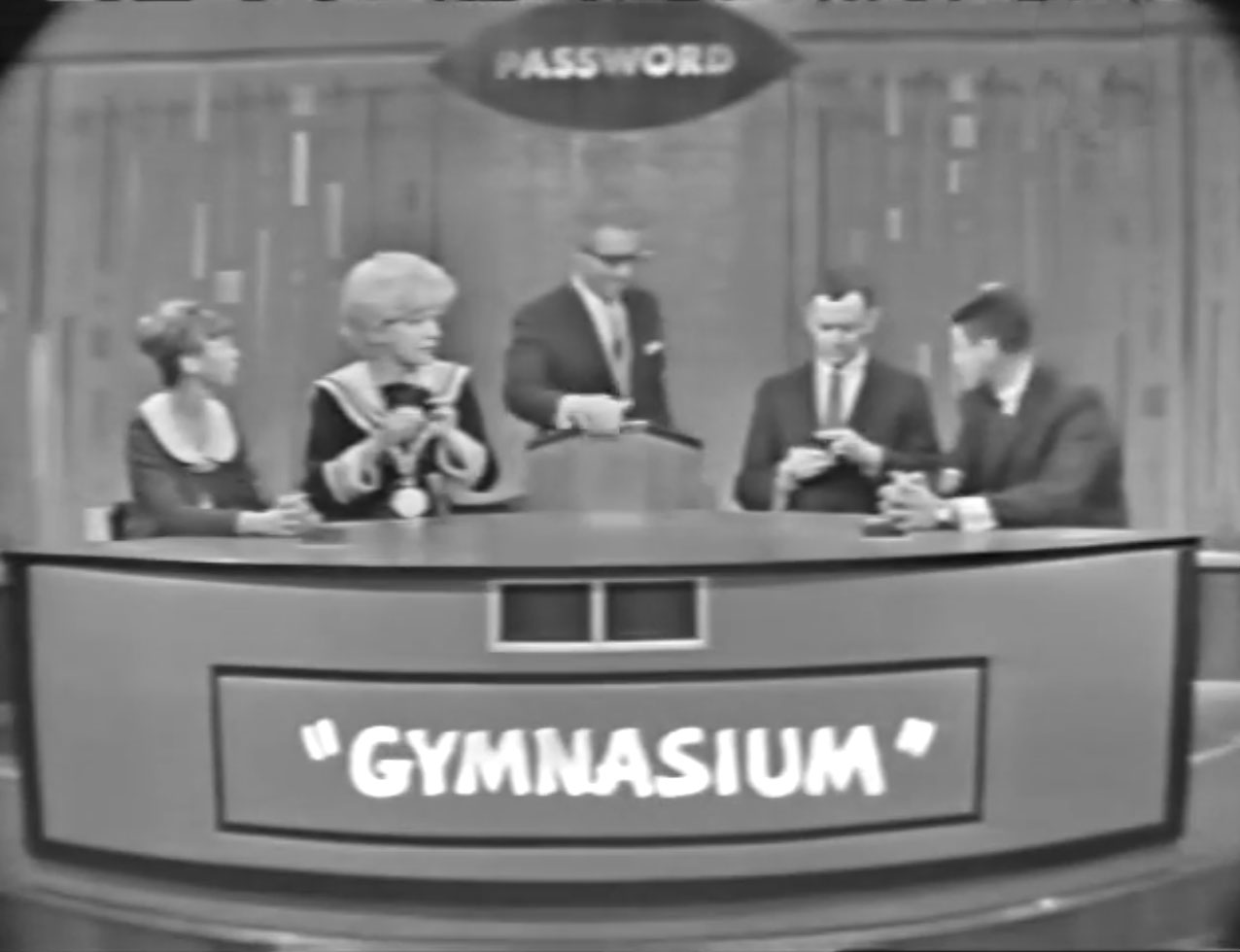



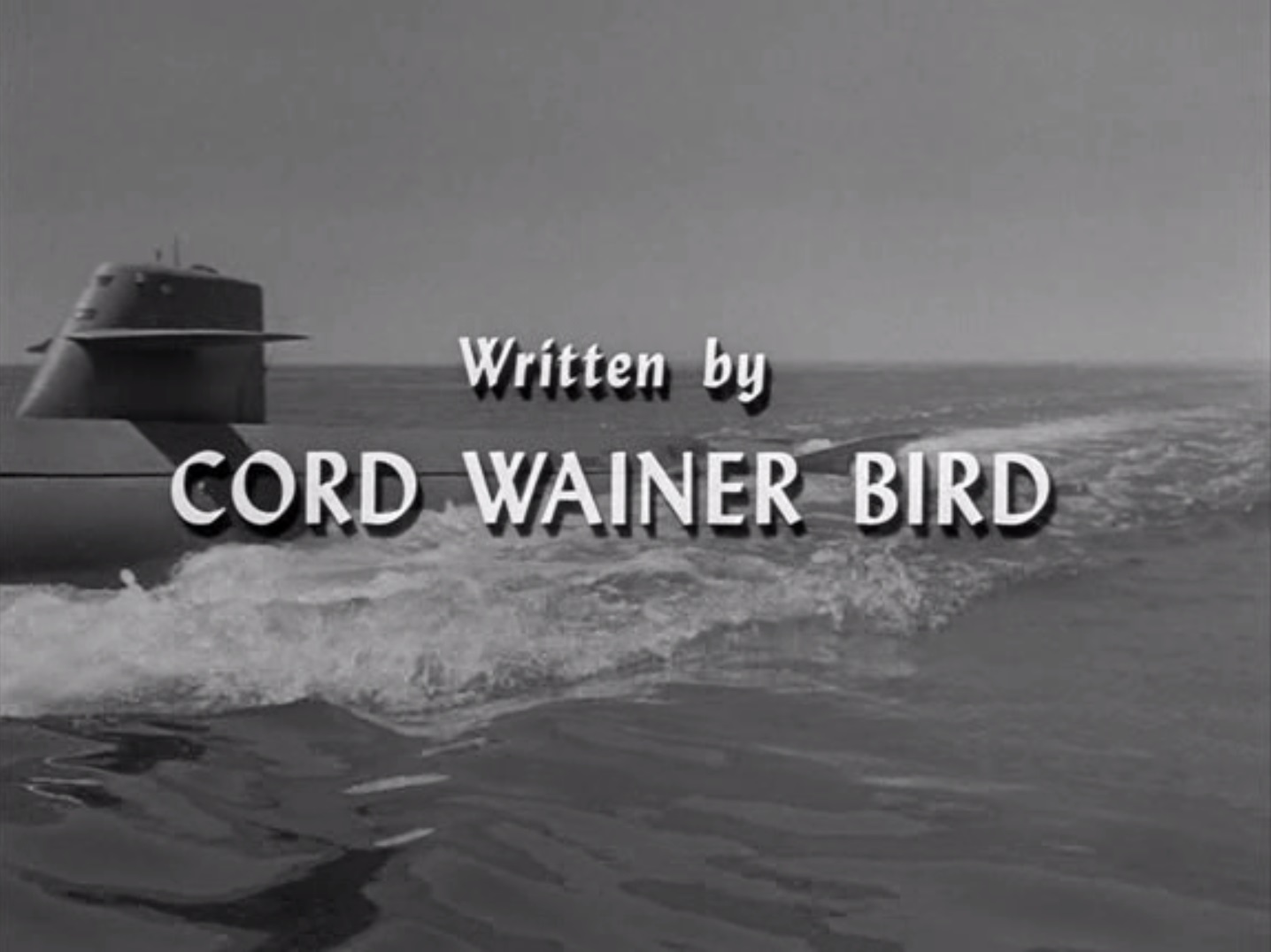

![[August 6, 1965] Last Call for Paratime Passengers (H. Beam Piper's <i>Lord Kalvan of Otherwhen</i>)](https://galacticjourney.org/wp-content/uploads/2020/08/LordKalvanOfOtherwhen-244x372.jpg)

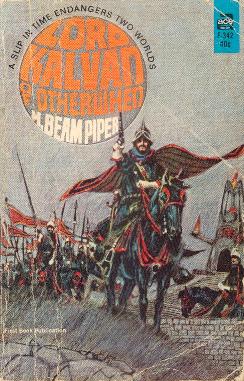

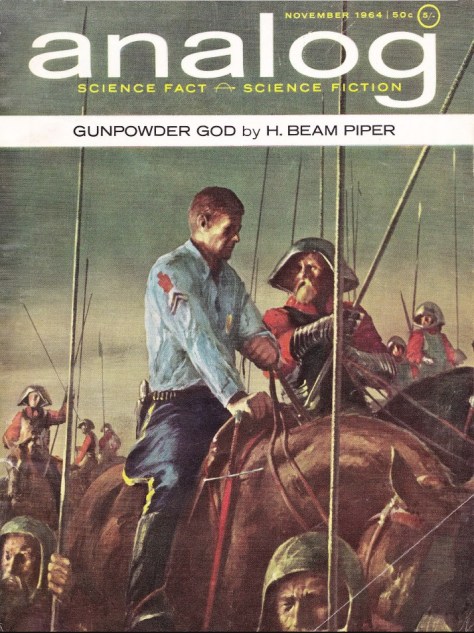

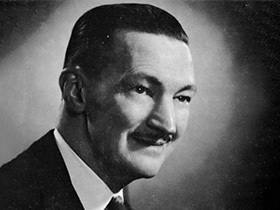
![[August 4th, 1965] Queenly Fashion: The Style of the Powerful Women of South Asia](https://galacticjourney.org/wp-content/uploads/2020/07/queen-sirikit-wearing-boromphiman-attire-and-jewels-1960s-564x372.jpg)







![[August 2, 1965] Expansion and Contraction (September 1965 <i>IF</i>)](https://galacticjourney.org/wp-content/uploads/2020/07/IF-1965-09-Cover-654x372.jpg)






![[July 31, 1965] A spoonful of sugar (August 1965 <i>Analog</i>)](https://galacticjourney.org/wp-content/uploads/2020/07/650730cover-672x372.jpg)











![[July 28, 1965] Aldiss, Harrison, and Roberts, Inc. (August 1965 <i>Science Fantasy</i> and <i>New Worlds</i>)](https://galacticjourney.org/wp-content/uploads/2020/07/650728cover-672x372.jpg)



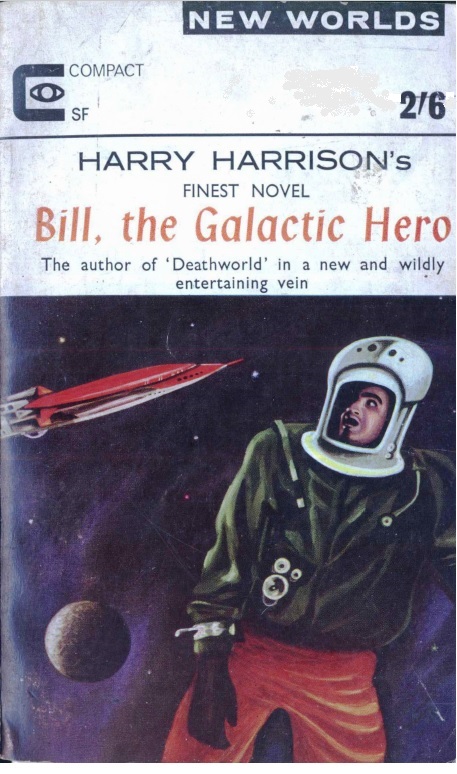
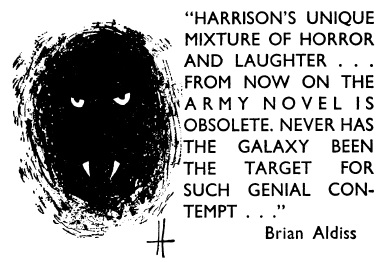

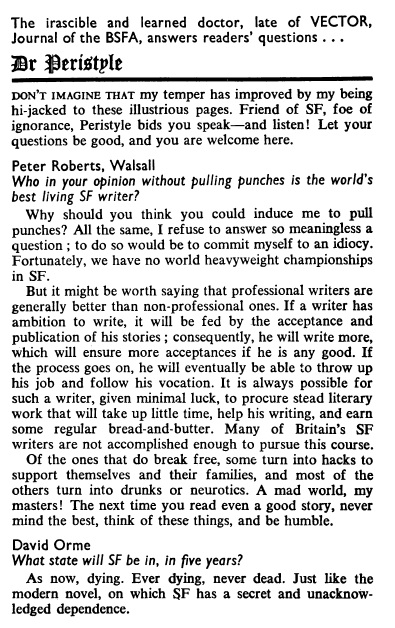
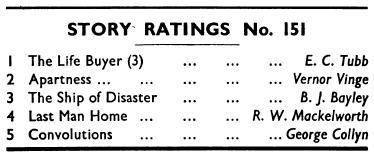

![[July 26, 1965] Too much Monk-y Business (<i>Doctor Who</i>: The Time Meddler)](https://galacticjourney.org/wp-content/uploads/2020/07/650726monkery-672x372.jpg)


![[July 24, 1965] Sun, Sand, Surf, Swimsuits, And The Supernatural (<i>How To Stuff A Wild Bikini</i> and a Brief History of Beach Movies)](https://galacticjourney.org/wp-content/uploads/2020/07/1303731403-How-to-Stuff-Wild-Bikini-Movie-1965_hires-672x372.jpg)






















